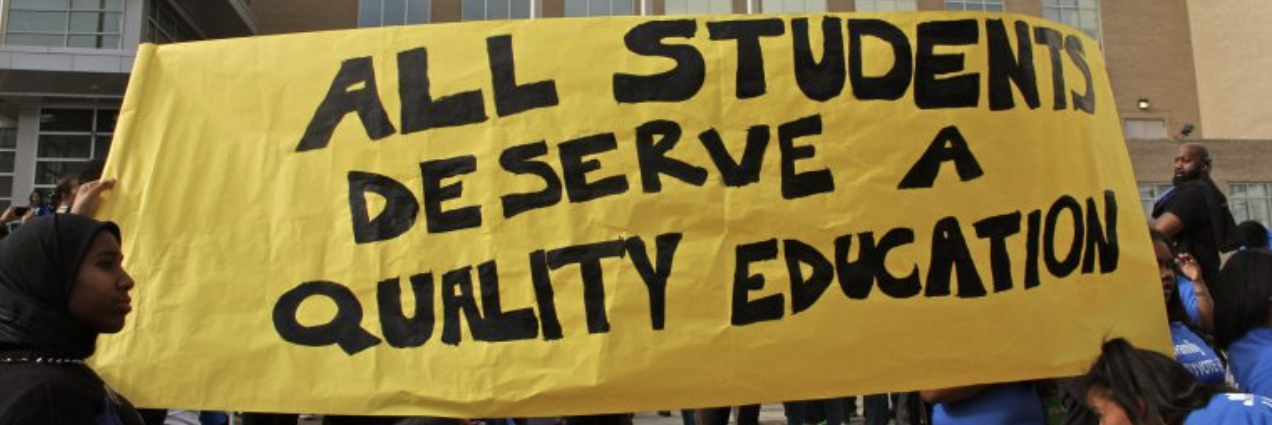In major cities all across the country, school closures have plagued minority communities. Urban school boards and district leaders have opted to close public schools due to “budgeting deficits.”
In 2012, the School District of Philadelphia closed six schools. In 2013, it closed 24. Closing schools is one of the most controversial decisions a school district can make. And yet, the School District of Philadelphia made the conscious decision to close 30 of them within a two-year time span. What started as an initiative to reform failing schools in Philadelphia turned into a school closing spree in African American communities. It is very telling that the schools recommended for closure had a majority Black student population and teaching staff. Unfortunately, school reform initiatives have a track record in most other major cities to turn into school closures for predominantly Black schools.
When examining the census tracts in 2012, I concluded that School closures in Philadelphia disproportionately affected impoverished and African American neighborhoods. Schools that closed “had disproportionately higher population losses, lower and stagnant median income, and a higher representation of African American residents than those tracts without closure recommendations.”
Following the closures, students in these areas underwent more extreme adverse learning effects than before. There were lower than before school levels and performance in the classroom/on major city tests that would determine the remaining few schools’ futures. The pressure students faced to do well in their already underfunded schools to keep the schools open took an immense toll on students and their education. Further, because of the school closings, community residents lost neighborhood services that were housed in schools, which included before- and after-school programming, adult education classes, and- in some cases- health clinics.
Not to mention, these school closures displaced thousands of students across the city. So many students were unaccounted for and considered “lost” in the education system. There were about 17,000 students that were displaced. Additionally, the closures created “education deserts” throughout Philadelphia. Like food deserts, “education deserts” are places where there are minimal schools within accessible or walking distance. Due to the school closures’ location, there were minimal neighborhood school options for Black students. Further, the absence of neighborhood schools and regulations in place has only continued to police students and their communities by reporting and suspending students who cannot meet the demands of their new and harder to commute to school.
